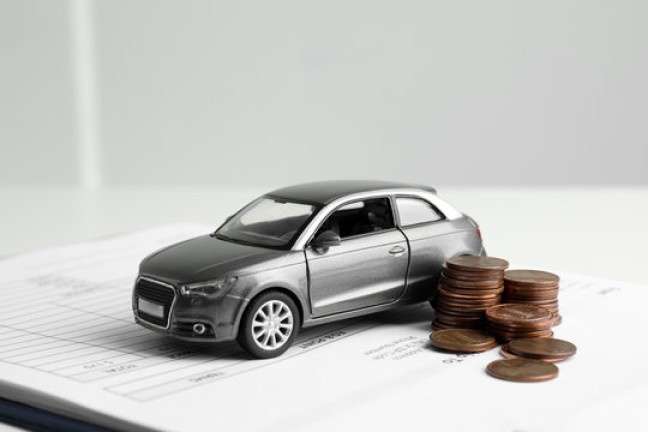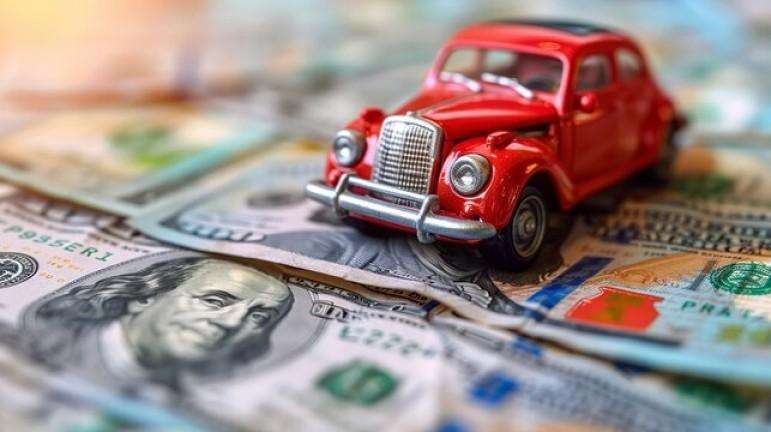When it comes to buying a car, traditional financing through banks or dealerships is often the go-to choice. However, there are a range of alternative car financing options that could provide more flexibility or better terms depending on your circumstances. I’ve found that exploring these alternatives can be valuable, as they can sometimes offer lower interest rates, fewer restrictions, or more manageable repayment schedules.
In this article, I’ll walk you through the most common and less conventional ways to finance a vehicle, comparing their benefits and potential drawbacks. By the end, you should have a clearer picture of which financing option might work best for you.
Table of Contents
1. Personal Loans
A personal loan is an unsecured loan that you can use for any purpose, including buying a car. With a personal loan, you borrow money from a bank, credit union, or online lender and agree to pay it back in monthly installments, typically over one to five years.
Pros:
- Flexibility: Personal loans are not tied to the car, so you own the car outright as soon as you buy it.
- Fixed interest rates: Many personal loans offer fixed rates, which means your monthly payments remain predictable.
- No collateral required: Since personal loans are unsecured, you don’t have to risk your car or home if you run into trouble making payments.
Cons:
- Higher interest rates: Compared to auto loans, personal loans often come with higher interest rates, especially if you have less-than-perfect credit.
- Qualification: Getting approved for a personal loan can be more difficult than securing an auto loan, particularly if you have a low credit score.
Example: Suppose you take out a $20,000 personal loan with a 7% interest rate for a 5-year term. Your monthly payment would be about $396. After five years, you would have paid around $23,760, which includes $3,760 in interest.
2. Peer-to-Peer (P2P) Lending
Peer-to-peer lending platforms connect individual borrowers with individual investors. These platforms allow you to secure a loan without going through a traditional bank or credit union.
Pros:
- Potentially lower rates: Depending on your creditworthiness, you might secure a loan at a lower interest rate than through a bank.
- Flexibility: Terms and conditions may be more flexible compared to traditional lenders.
- Quicker approval: Some P2P platforms can approve loans faster than banks or credit unions.
Cons:
- Variable rates: Some platforms offer variable interest rates, which means your monthly payments could increase over time.
- Origination fees: Many P2P platforms charge fees for processing the loan, which can add to your overall cost.
Example: Let’s say you borrow $20,000 through a peer-to-peer platform at an interest rate of 5.5% for five years. Your monthly payments would be approximately $379. Over five years, you’d pay $22,740, with $2,740 in interest.
3. Car Leasing
Leasing a car involves paying for the use of the vehicle over a set period, typically two to three years. At the end of the lease term, you either return the car or buy it for a predetermined price.
Pros:
- Lower monthly payments: Since you’re only paying for the depreciation of the vehicle during the lease term, your monthly payments are usually lower than with a loan.
- Newer models: Leasing allows you to drive a new car every few years without worrying about resale value.
- Less maintenance: Leased cars are usually covered by warranties, so maintenance costs are minimal.
Cons:
- No ownership: At the end of the lease term, you don’t own the car, which means you’ll have to start the process over again if you want another vehicle.
- Mileage limits: Most leases have mileage restrictions, and exceeding them could result in hefty penalties.
- Potentially higher long-term costs: If you lease cars continuously, you might end up spending more than if you bought a car and kept it long-term.
Example: If you lease a $20,000 car with a 3-year lease at a 3% interest rate, your monthly payment could be around $350. After three years, you would have paid $12,600, but you won’t own the car, so you’d need to lease another vehicle or buy it at the end of the term.
4. Home Equity Loans or Lines of Credit
A home equity loan or home equity line of credit (HELOC) allows you to borrow against the value of your home. These loans typically offer lower interest rates than personal loans or auto loans because they are secured by your property.
Pros:
- Lower interest rates: Since the loan is secured by your home, interest rates are typically lower than those on unsecured loans.
- Large loan amounts: You can borrow a larger sum if you have significant equity in your home.
- Flexible repayment options: With a HELOC, you can borrow only what you need and pay it back over time.
Cons:
- Risk to your home: Since your home is used as collateral, failing to repay the loan could result in foreclosure.
- Longer approval process: Getting a home equity loan or HELOC can take longer than other types of financing, as it requires a home appraisal and more paperwork.
Example: If you use a $20,000 home equity loan with an interest rate of 4.5% over 5 years, your monthly payment would be approximately $373. After five years, you’d have paid $22,380, including $2,380 in interest.
5. Credit Cards
Using a credit card to finance a car purchase is not the most common approach, but some people choose this method, especially if they have a credit card with a low interest rate or a 0% introductory offer.
Pros:
- Quick approval: If you already have a credit card with a sufficient credit limit, you can make the purchase immediately.
- Rewards and perks: Some credit cards offer rewards, cashback, or travel points on purchases, which can be beneficial if you pay off the balance quickly.
- No collateral: Like personal loans, credit cards are unsecured, so there’s no risk of losing property.
Cons:
- High interest rates: If you don’t pay off the balance quickly, credit cards can have very high interest rates, often above 20%.
- Low credit limits: Many people don’t have high enough credit limits to finance an entire car purchase on a credit card.
Example: If you use a credit card with a $20,000 limit and a 20% interest rate to buy a car, and only make the minimum payment each month, it could take years to pay off the balance. After five years, you’d have paid over $40,000—double the original amount—due to interest.
6. Buy Here, Pay Here Dealerships
Some dealerships offer “buy here, pay here” (BHPH) financing, where you can purchase the car and make payments directly to the dealership rather than through a bank or credit union.
Pros:
- Easier approval: These dealerships are often more lenient in their approval process, especially if you have poor credit.
- Flexible terms: The dealership may offer flexible down payments and monthly payments.
Cons:
- Higher interest rates: These dealerships often charge significantly higher interest rates than traditional lenders.
- Limited selection: The selection of cars at BHPH dealerships may be limited, and the quality of the vehicles may not be as high.
- Shorter loan terms: You may have to repay the loan in a shorter time frame, which can lead to higher monthly payments.
Example: If you finance a $15,000 car through a BHPH dealership with an interest rate of 18% for a 3-year term, your monthly payment would be around $539. Over the three years, you’d pay about $19,404, with $4,404 in interest.
7. Credit Union Auto Loans
Credit unions are nonprofit organizations that offer loans to their members. They often have lower interest rates and more flexible terms than banks.
Pros:
- Lower interest rates: Credit unions typically offer better rates than traditional banks, especially for members with good credit.
- Personalized service: Credit unions often provide more personalized customer service than large banks.
- Fewer fees: Credit unions tend to have fewer and lower fees than banks.
Cons:
- Membership requirements: To qualify for a credit union loan, you need to become a member of the credit union.
- Limited availability: Credit unions may not have as many branches or ATMs as banks, which can be inconvenient for some.
Example: If you take out a $20,000 car loan from a credit union with a 5% interest rate for five years, your monthly payment would be approximately $377. Over five years, you would pay $22,620, which includes $2,620 in interest.
8. Manufacturer or Dealer Financing
Many car manufacturers and dealerships offer in-house financing or financing through affiliated lenders. This option can sometimes offer special deals, such as low or 0% interest rates for well-qualified buyers.
Pros:
- Low interest rates: Promotional offers can provide very low or 0% interest rates, which can save you money over the life of the loan.
- Convenience: Financing directly through the dealership can make the car-buying process more seamless.
- Special offers: Dealers often offer special promotions, especially on new cars.
Cons:
- Less flexibility: Dealership financing may come with stricter terms or higher fees than other financing options.
- Limited to new cars: Most manufacturer financing deals are only available for new cars or certified pre-owned cars.
Example: If you take out a $20,000 loan with 0% interest for five years, your monthly payment would be $333. After five years, you would have paid $20,000, with no interest charges.
Conclusion
As you can see, there are several alternative car financing options available, each with its own set of advantages and disadvantages. The right choice for you will depend on your financial situation, your credit score, and how long you plan to keep the car. I recommend comparing the total cost of each option, including interest rates, fees, and loan terms, before making a decision. By understanding these alternatives, you’ll be better equipped to choose a financing method that fits your needs and budget.





